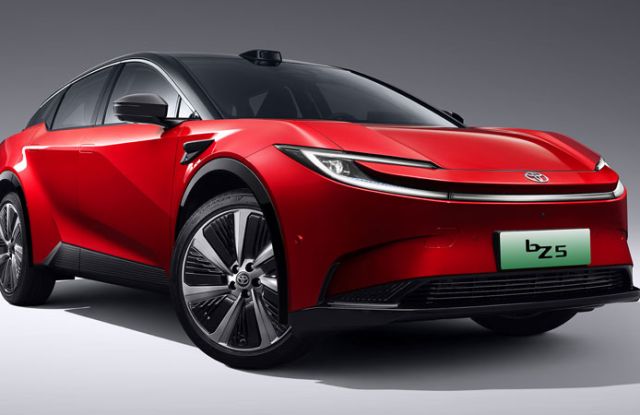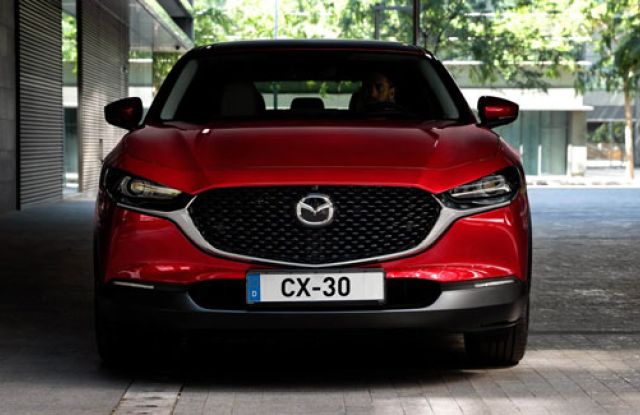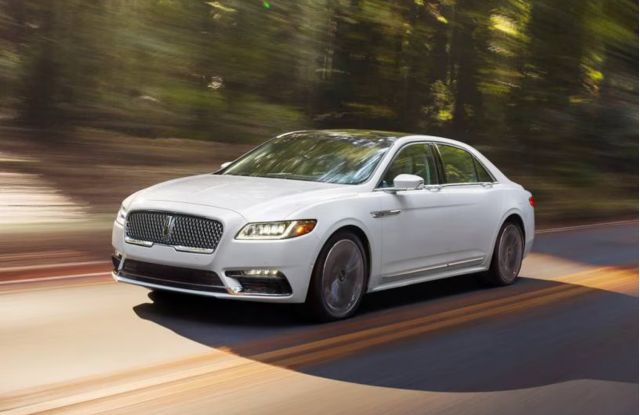- I. Mazda 2 Price Competitiveness
- II. Mazda 2 Driving Experience
- III. Mazda 2 Fuel Economy
- IV. Mazda 2 Design Quality
- V. Mazda 2 Space Utility
- VI. Mazda 2 Comfort & Quietness
- VII. Mazda 2 Safety Features
- VIII. Mazda 2 Reliability & Maintenance
- Mazda 2 Purchase Recommendation
- Action Guide: 3 Steps to Finalize Your Decision
In today’s small car market dominated by electrification and cost compression, the Mazda 2 (known as Demio overseas) still adheres to the faith in naturally aspirated engines and “driving pleasure.” It lands in multiple markets as an import, with the 2025 model in Taiwan seeing a price drop of NT$90,000 to NT$699,000 (approximately $22,000 USD), making it more price-aggressive than the Suzuki Swift and VW Polo. However, global owners’ evaluations are polarized: some love its agility and precision, while others complain about its cramped space. This article will cut through the marketing rhetoric and analyze whether it’s worth your money across 8 core dimensions.
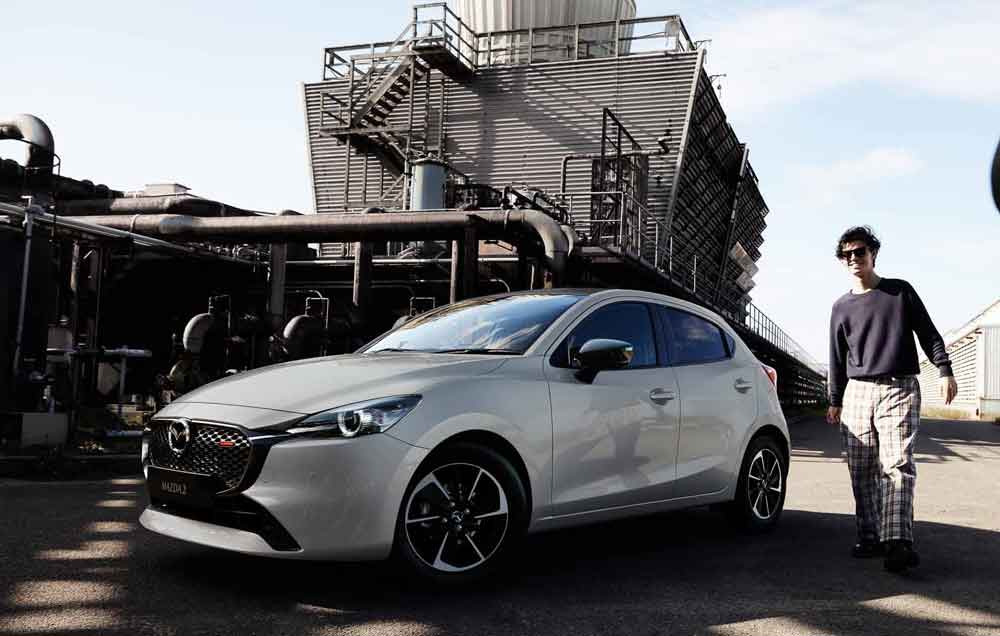
I. Mazda 2 Price Competitiveness
- New Car Price Advantage: Starting at NT$699,000 (~$22,000 USD), 10%-20% lower than key rivals, especially attractive to budget-conscious young buyers.
- Low Used-Car Threshold: Global used prices cluster in the ¥20,000-40,000 RMB range (approx. $2,800-$5,600 USD), with depreciation rates higher than Toyota’s but lower than European brands.
- Hidden Cost Warning: Import parts supply affected by discontinued production may extend repair cycles; maintenance costs run 15%-20% higher than Toyota.
II. Mazda 2 Driving Experience
Mazda’s “Jinba Ittai” (horse and rider as one) philosophy shines in this compact:
- Precise Steering + Resilient Chassis: Firmly tuned torsion beam rear suspension sacrifices comfort for cornering support, with high-speed lane-change stability far surpassing the Polo.
- Aging but Sturdy Powertrain: 1.5L Skyactiv-G NA engine (116 HP) paired with 6AT delivers linear power but lacks punch; 0-100km/h in 11 seconds suits urban driving.
- Agile Footprint: Under 4m length + 5.2m turning radius allows effortless navigation through Tokyo, Bangkok, and other narrow-street cities.
III. Mazda 2 Fuel Economy
- Real-World Fuel Consumption: Combined 6-8L/100km (city 7.3L, highway 5.6L), beating American rivals but trailing hybrid competitors.
- Tech Shortcoming: No mild-hybrid system; Thai owners report 12% fuel surge with AC at full blast.
IV. Mazda 2 Design Quality
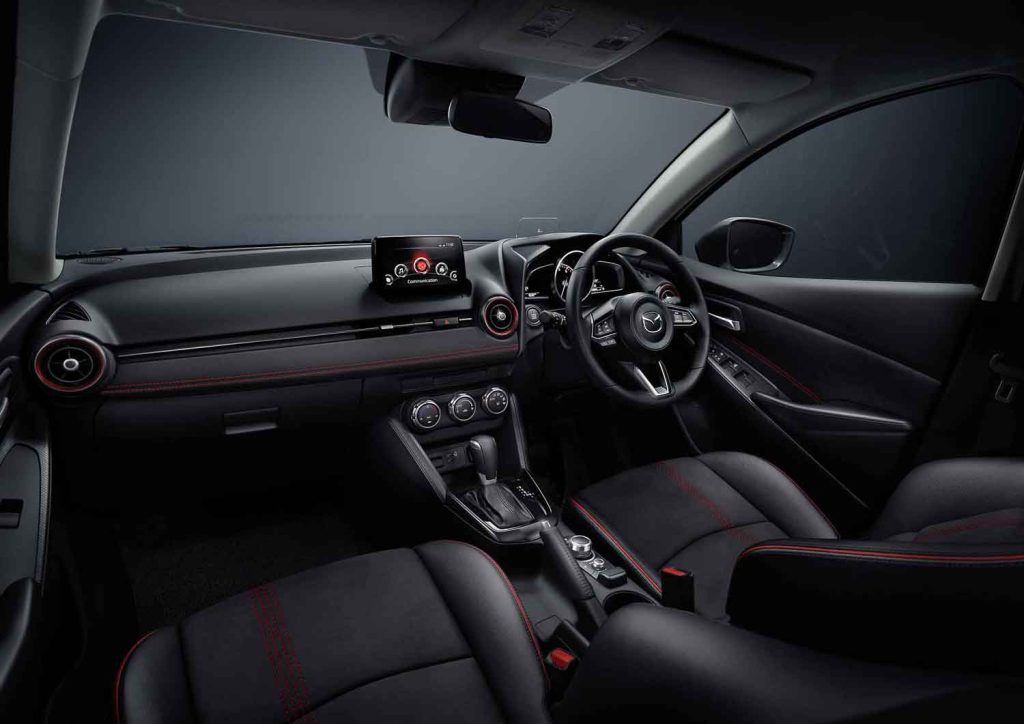
- Blacked-Out Sport Kit: Gloss-black mirrors + red accents on new models elevate it beyond cheapness.
- “Subtraction Aesthetic” Interior: Fabric seats + silver trim + carbon-fiber-like textures retain intuitive physical controls.
- Craftsmanship Debates: Some owners report thin paint/soft metal; tree-branch scratches reveal primer.
V. Mazda 2 Space Utility
- Cramped Rear Seats: ≤1 fist knee room for 170cm passengers; fatigue-prone on long trips.
- Storage Design Flaws: Door pockets fit only 350ml bottles; rear seats lack cup holders.
- Weak Cargo Expansion: 280L base capacity; uneven floor when 6/4 seats folded.
VI. Mazda 2 Comfort & Quietness
- Suspension Weakness: Torsion beam causes pronounced bouncing over bumps; Aussie owners gripe “need to brake before speed bumps.”
- NVH Control Failures:
- Significant tire roar above 80km/h (cost-cutting OEM tires).
- Engine noise intrudes past 3,000rpm.
VII. Mazda 2 Safety Features
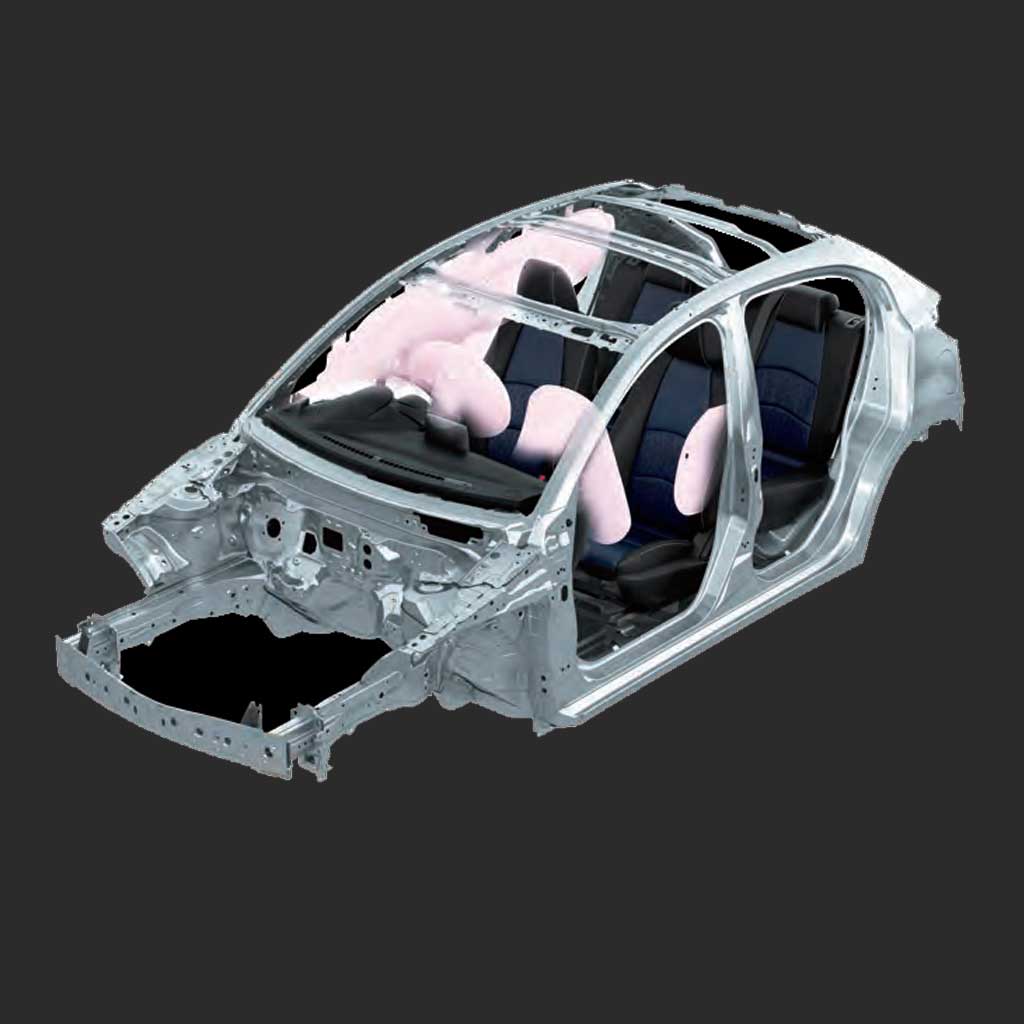
- Euro/US Model Edge: Standard 6 airbags + ESP + blind-spot monitoring (IIHS Top Pick in North America).
- Asian Model De-contenting Controversy:
- No rear crash beam (penalized in Thai crash tests).
- Lacks full-speed ACC/LKA L2 assists (common in 2025 rivals).
VIII. Mazda 2 Reliability & Maintenance
- Global Quality Credentials:
- Ranked #4 in 2022 U.S. Consumer Reports reliability.
- 2025 J.D. Power PP100 score: 161, beating Toyota.
- High-Frequency Failure Alerts:
- Steering rack rattle (842 annual complaints in China).
- Key fob failure/shock leaks (frequent in Southeast Asia forums).
Mazda 2 Purchase Recommendation
| User Profile | Rating | Key Reasons |
| Urban Solo Commuter | ★★★★☆ | Agile handling + easy parking + decent fuel economy |
| Small Family Primary | ★★☆☆☆ | Inadequate rear space/safety features |
| Highway Commuter | ★★☆☆☆ | Poor sound insulation/firm suspension causes fatigue |
| Tech Enthusiast | ★☆☆☆☆ | No L2 assists + outdated infotainment |
| Budget-Conscious Buyer | ★★★★☆ | High used-car value + import quality |
Action Guide: 3 Steps to Finalize Your Decision
- Space Stress Test: Test-drive with 4 people for 30 mins; verify rear knee/headroom tolerance.
- Noise Road Test: Deliberately drive on rough roads + at 80km/h; assess NVH acceptance.
- Repair Network Check: Confirm local Mazda dealer density and parts policy for discontinued models.
The Mazda 2 is like a craft beer—niche, characterful, adored by connoisseurs. It counters the dual-clutch tide with a 6AT, challenges electric steering with hydraulic assist, and its stubbornness delivers driving engagement rare under $22,000 USD. But if you seek a versatile family car, its narrow rear seats and booming engine note will become a jarring note in your life’s soundtrack.
-
Everything You Need to Know About the Volkswagen Atlas 2025
-
Toyota BZ5 Review – Pros, Cons & Why It Matters
-
Mazda CX 30 Review – Is It the Best Crossover for You?
-
Everything You Need to Know About the 2020 Lincoln Continental
-
Inside the 2025 BYD Seagull: Range, Design, and Tech Explained

